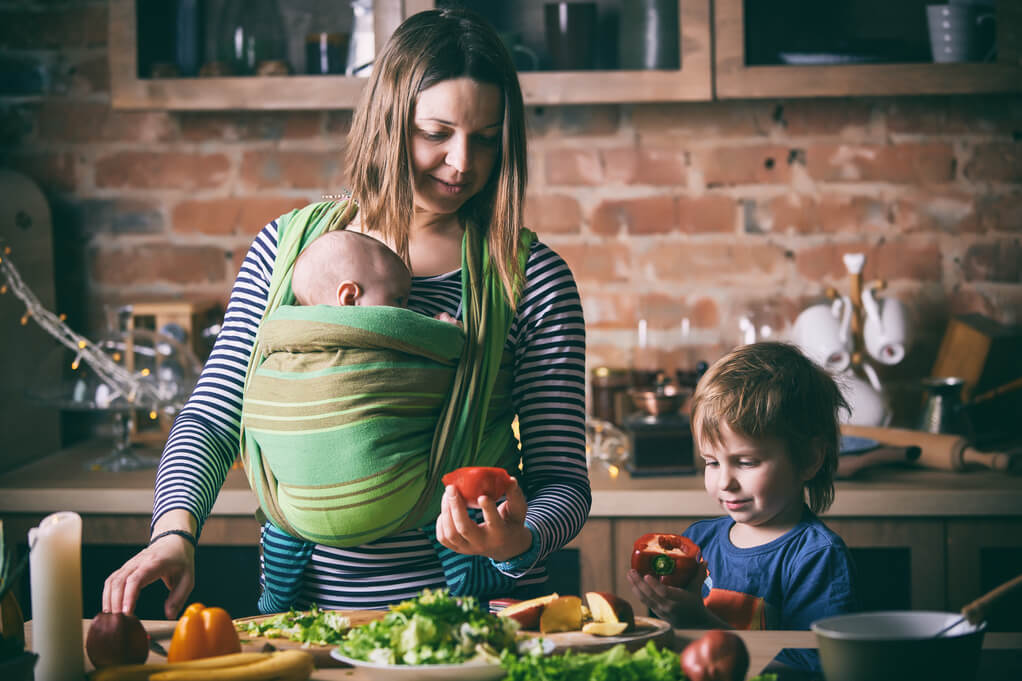This week, I'm over at Yahoo's Shine, sharing my tips on keeping your house cool this summer without blowing a bundle. Here are my 10 tips:
Use a programmable thermostat to adjust the temperature automatically when you're not home. According to the folks at Energy Star, the average U.S. household spends about $1,100 heating and cooling costs. A properly set programmable thermostat can save about $180 a year. (Not sure how to set yours? Here are some guidelines.)
- Set the air conditioning to kick in at 80 degrees instead of 78 degrees (or even higher, if you can stand it). That tiny two-degree difference can shave 2 to 6 percent off of your electricity bill, depending on the size of your home and how long you keep the AC on.
- Seal off AC ducts in unused rooms so you don't spend money cooling them. Why keep the guest room at a comfy 80 degrees -- I mean 78 degrees -- if no one's there?
- Don't use the AC at all. Fans use less energy than air conditioning units; they keep you cool by moving the air around, though they don't actually change the temperature in the room. If you can't bear to live without air conditioning, consider using a fan at the same time so you'll feel comfortable even with the AC set at a higher temperature.
- Draw the curtains and blinds on your south, east, and west windows to keep sunlight from warming the rooms during the day. If you still want the light, but are worried about the heat, try applying heat-control window film to the glass -- it blocks UV rays and reflects back much of the heat.
- Wash clothes in cold water. If you're still worried about germs, use warm water for the wash and switch the rinse water to cold -- you'll save up to 4 percent on your energy bill, and your clothes will be just as clean. If you have the space and the time, try hanging your clothes up to dry instead of using the drier -- it'll lop another 5 percent or so off your bill.
- Cook outdoors on the grill (or opt for salads and don't cook at all) to keep the heat out of the kitchen. Can't cook outside? Cook in the microwave; it uses about 65 percent less energy than your stove. (Still not sure what to make? Here are a few easy summer recipes that won't leave your roasting in the kitchen.)
- Upgrade to more-efficient appliances. It costs more now, but you'll save money over time.
- Plant trees to shade your house (and your AC unit). According to researchers at Colorado State University, a tree in full leaf can block 70 to 90 percent of solar radiation. You can also plant trees and shrubs to create a wind-tunnel effect, channeling breezes into your house.
- Take a shower using a minty body wash (Dr. Bronner's Peppermint Liquid Soap is a classic) to make warm air feel like a cool breeze on your skin. OK, fine, you can't necessarily jump in the shower several times a day. Try holding an ice pack to the back of your neck; it lowers your body temperature by cooling the blood as it pumps through your carotid arteries.
Lylah M. Alphonse writes about juggling career and parenthood at The 36-Hour Day and Work It, Mom!, and blogs at Write. Edit. Repeat.







